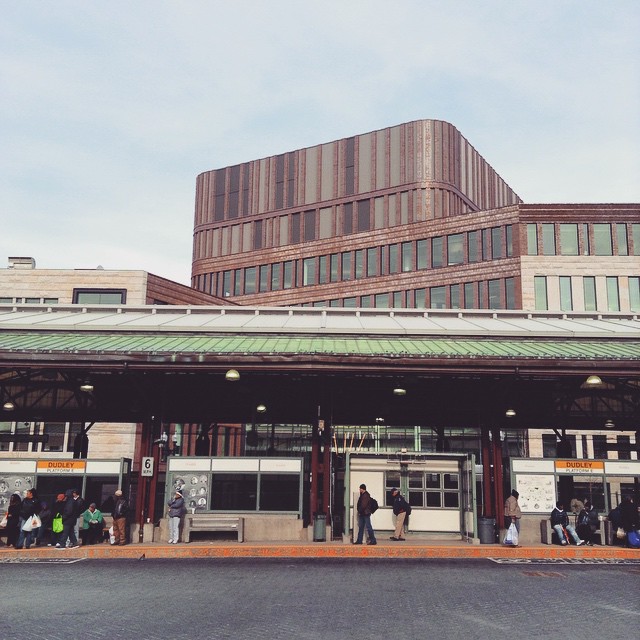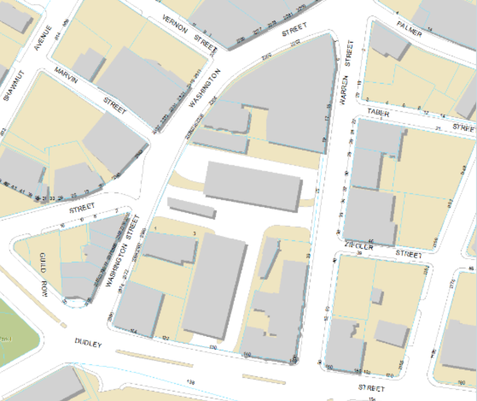Simple Optimizations
The performance of Boston's buses and surface trolleys is significantly impaired by a lack of basic service optimizations that can go a long way towards providing faster, more reliable transit service. No matter how frequent service is provided by the Green Line and Key Bus Routes, fast, evenly-provided service become hard to achieve without such basic features as Transit Signal Priority at signal-controlled intersections and prepayment terminals. Ideally, Boston's frequent, high-ridership bus routes would run along private rights-of-way like the majority of the Green Line, thereby eliminating IMPEDIMENT, and in many locations around Boston that will be highlighted shortly a bus lane 111, 1 is the only solution that can possibly provide speedy service. However, for the majority of Boston's high-ridership transit corridors, and even for most of those with less frequent ridership and service, basic fixes are all that is truly necessary to provide sustainable service.


